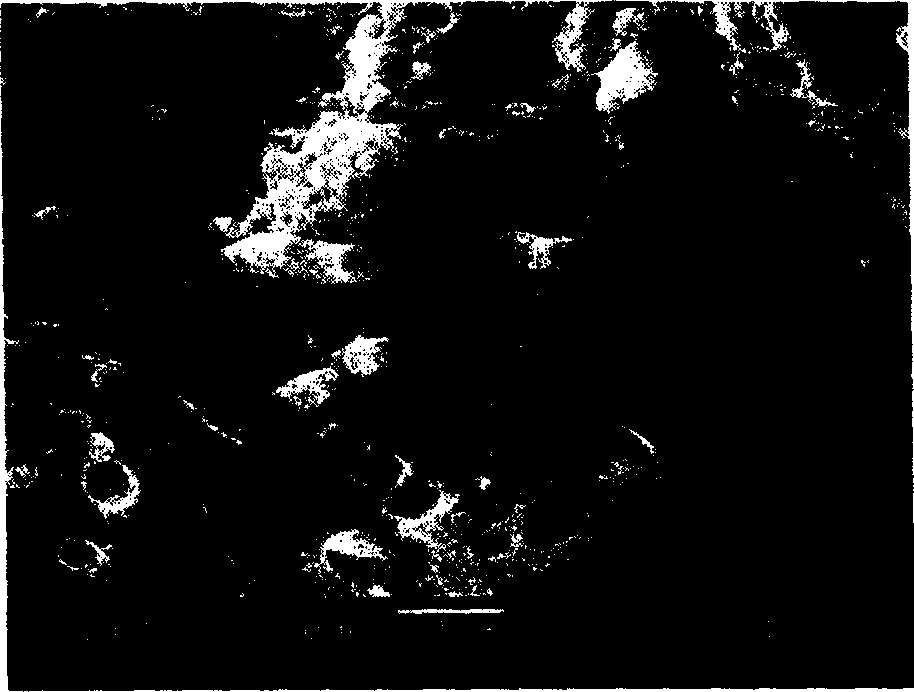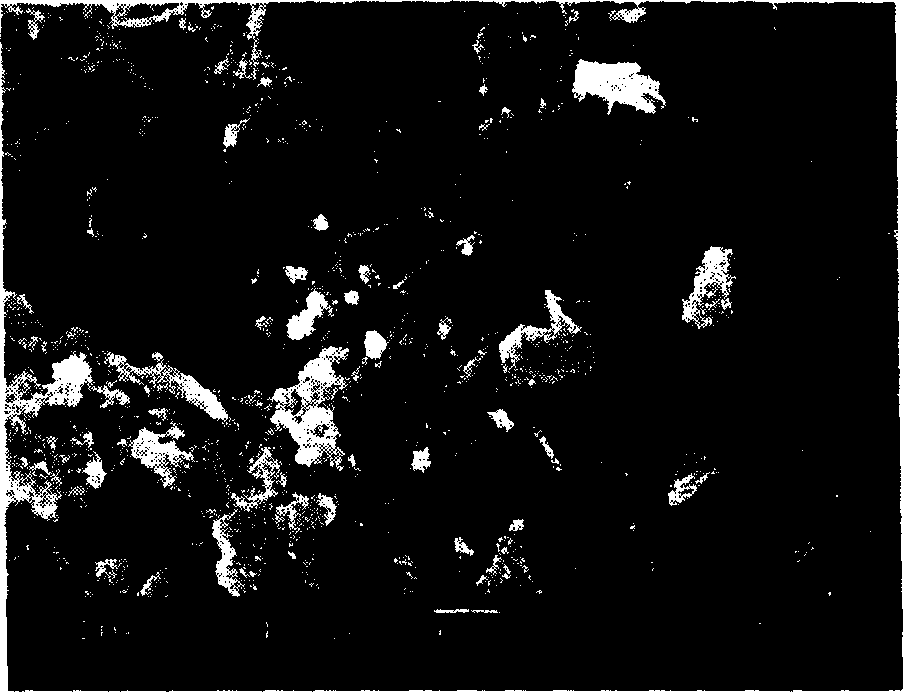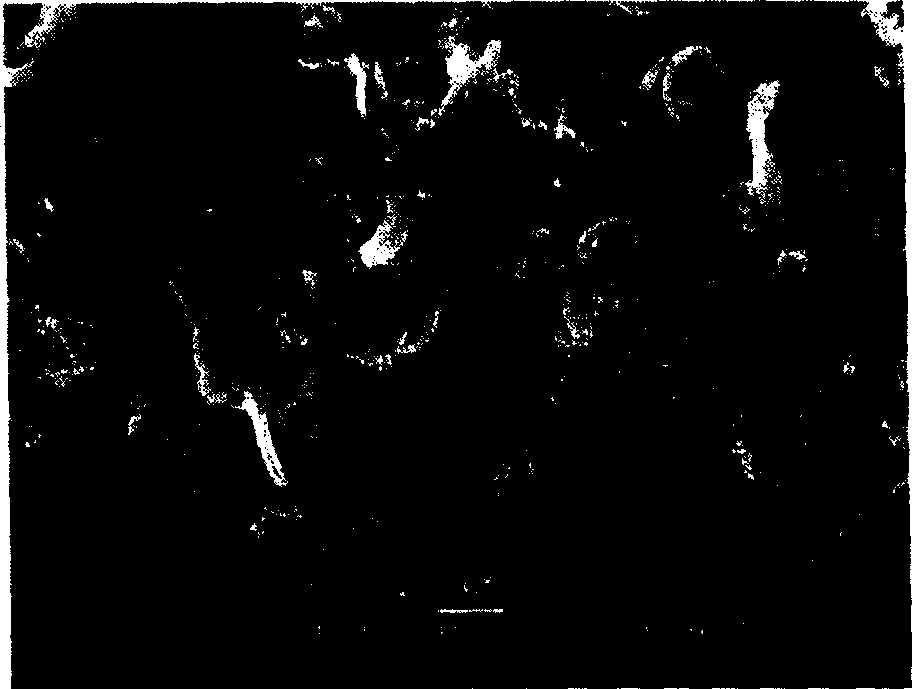In-situ fibril method of recovering waste thermoplastic plastics
A thermoplastic, in-situ microfiber technology, applied in plastic recycling, recycling technology and other directions, can solve the problems of complex recycling process, large equipment investment, environmental pollution and other problems, achieve simple recycling process, low equipment requirements, and wide application field effect
- Summary
- Abstract
- Description
- Claims
- Application Information
AI Technical Summary
Problems solved by technology
Method used
Image
Examples
Embodiment 1~12
[0033] (1) Drying First, the selected thermoplastic waste engineering plastic components after cleaning in Table 1 are dried at 80-120°C for 8-24 hours, and the water content is controlled below 0.01%.
[0034] (2) Initial mixing. Stir and mix the dried and cooled thermoplastic waste engineering plastics and thermoplastic waste general-purpose plastics at room temperature according to the ratio, or add a certain amount of interface modifier and stir and mix evenly at room temperature. If the selected thermoplastic waste engineering Plastics contains polyethylene terephthalate, polybutylene terephthalate, also can add catalyzer, the catalyzer that embodiment 5 and 8 adds is dibutyl tin oxide;
[0035] (3) Melt mixing and extrusion Put the initially mixed material in an extruder with an aspect ratio of 25, a die entrance of 45 degrees, and a flow path length of 10 to 20 mm for melt mixing and extrusion. The barrel temperature is 175-280°C, the die temperature is 260-280°C, and t...
PUM
| Property | Measurement | Unit |
|---|---|---|
| melting point | aaaaa | aaaaa |
Abstract
Description
Claims
Application Information
 Login to View More
Login to View More - R&D
- Intellectual Property
- Life Sciences
- Materials
- Tech Scout
- Unparalleled Data Quality
- Higher Quality Content
- 60% Fewer Hallucinations
Browse by: Latest US Patents, China's latest patents, Technical Efficacy Thesaurus, Application Domain, Technology Topic, Popular Technical Reports.
© 2025 PatSnap. All rights reserved.Legal|Privacy policy|Modern Slavery Act Transparency Statement|Sitemap|About US| Contact US: help@patsnap.com



